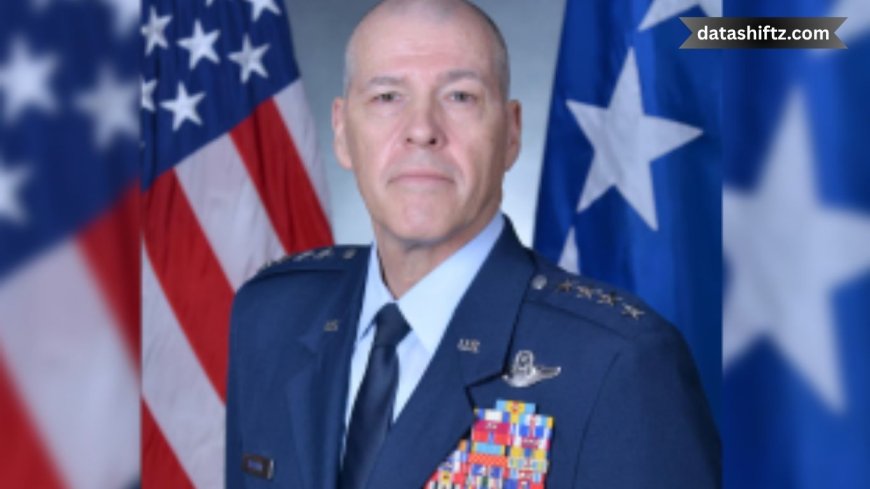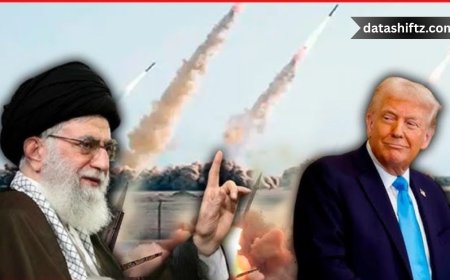The Retirement of General Thomas A. Bussiere: A Turning Point in Air Force Leadership

Introduction
On 1 October 2025, General Thomas A. Bussiere formally retired from the United States Air Force, ending a distinguished 40‑year career of service. His exit marks not only the end of an individual journey but also a moment of transition for the Air Force’s strategic and nuclear mission communities. In this article, we explore his career, the context surrounding his retirement, his contributions, and the legacy he leaves behind.
The Career of Thomas Bussiere
Early Life and Entry into the Air Force
Thomas A. Bussiere graduated in 1985 via the Air Force ROTC program at Norwich University, commissioned into the Air Force and beginning a trajectory that would span multiple commands, aircraft types, and strategic roles.
In the early years, he flew trainers and served as a flight instructor before transitioning to fighters and, later, bombers. Over his career, he amassed thousands of flight hours across platforms like the T‑38 Talon, F‑15C Eagle, B‑2A Spirit, B‑1B Lancer, and F‑22 Raptor.
Rise Through Command and Staff Roles
Bussiere’s career encompassed a broad and deep mix of operational, staff, and strategic assignments. He commanded units at varying levels, from squadrons to wings, and ultimately numbered air forces and major commands.
Some key command assignments:
-
Commander, 509th Bomb Wing and 509th Operations Group
-
Commander, Eighth Air Force
-
Commander, Alaskan Command / Eleventh Air Force (in the joint / NORAD context)
-
Deputy Commander, U.S. Strategic Command (2020–2022)
-
Commander, Air Force Global Strike Command (from December 2022)
In December 2022, he assumed leadership of Air Force Global Strike Command, the unit responsible for the Air Force’s intercontinental ballistic missiles (ICBMs) and strategic bomber enterprise.
Promotions & Honors
Bussiere’s promotions followed a steady arc:
-
2nd Lieutenant – 19 Oct 1985
-
1st Lieutenant – 19 Oct 1987
-
Captain – 19 Oct 1989
-
Major – 1 Aug 1997
-
Lieutenant Colonel – 1 Jan 2002
-
Colonel – 1 Dec 2006
-
Brigadier General – 3 Aug 2012
-
Major General – 5 June 2015
-
Lieutenant General – 24 Aug 2018
-
General – 7 Dec 2022
His decorations are numerous, including awards such as the Defense Distinguished Service Medal, Air Force Distinguished Service Medal, Legion of Merit, Distinguished Flying Cross, and more.
The Decision & Context of Retirement
Nomination for Vice Chief & Its Withdrawal
In July 2025, Bussiere was nominated for reappointment as a four‑star general and assignment as Vice Chief of Staff of the Air Force (VCSAF).
However, in September 2025, his nomination was abruptly withdrawn without a public explanation.
On 30 September 2025, Bussiere announced his intention to retire, attributing the decision to “personal and family reasons.”
He thanked the Air Force community and expressed his gratitude for having been nominated but also acknowledged the challenges ahead.
Timing & Succession
His retirement came at a sensitive time in Air Force leadership. The chief of staff role was undergoing changes, and the withdrawal of his nomination added uncertainty.
Lt. Gen. Stephen Davis was confirmed to succeed him as Commander, AFGSC, before Bussiere’s official exit.
Contributions & Legacy
Strategic Deterrence & Modernization
During his command at Global Strike, Bussiere guided ongoing strategic modernization efforts in both bomber and missile domains.
He led the command at a time when new systems like the B‑21 Raider and modernization of the missile force were central to the Air Force’s future deterrence posture.
Leadership & Mentorship
Bussiere’s leadership style emphasized collaborative decision‑making, investing in people, and reinforcing the importance of mission over ego. In statements at his assumption of command, he underscored that “every commander, chief, enlisted member, officer, and civilian … will take a whole team to compete and win.”
His trajectory—from pilot and instructor to the highest echelons—serves as a model of professional development and adaptability in the modern era of air and strategic operations.
Challenges & Critical Moments
His retirement decision, at least partly influenced by internal nomination dynamics, underscores the pressures faced by senior military leaders in times of shifting priorities and political oversight.
Career Summary
| Category | Details |
|---|---|
| Service Years | 1985 – 1 October 2025 |
| Final Rank | General (4‑star) |
| Major Commands Held | Air Force Global Strike Command; Eighth Air Force; Alaskan Command; 509th Bomb Wing / Group |
| Staff & Strategic Roles | Deputy Commander, U.S. Strategic Command; Joint Staff nuclear/homeland operations; Inspector General, staff positions |
| Flight Experience | ~3,400+ hours across T‑38, F‑15C, B‑2A, B‑1B, F‑22 |
| Key Awards & Honors | Defense Distinguished Service Medal, Air Force Distinguished Service Medal, Legion of Merit, Distinguished Flying Cross, etc. |
| Retirement Reason | Personal and family reasons; nomination withdrawal complicating continuation |
Key Aspects
Below are some salient features and themes from Bussiere’s career and retirement:
-
Longevity and Continuity — A 40‑year career bridging Cold War aftermath to 21st century strategic competition.
-
Versatility in Platforms — From training aircraft to fighters to bombers, Bussiere demonstrated adaptability.
-
Mix of Command and Staff Experience — He navigated both operational commands and high‑level strategic assignments.
-
Modernization Focus — Oversaw modernization of nuclear deterrent forces and transition to new systems.
-
Leadership Philosophy — Emphasis on teamwork, mentorship, and institutional strength over individual acclaim.
-
Navigating Political Complexity — His retirement spotlights how senior military careers intersect with politics and nomination processes.
-
Legacy of Stability — His steady command tenure provides a benchmark for his successor in turbulent times.
Closing Thoughts
The retirement of General Thomas A. Bussiere is more than a personal milestone — it is a moment of institutional reflection. Over four decades, he guided critical parts of the Air Force’s nuclear and strategic mission. In doing so, he bridged eras of shifting geopolitical tensions, evolving technology, and internal cultural change.
His departure, under the shadow of a withdrawn nomination, hints at the complexity and pressures at the very top of military leadership. Yet the tenure he leaves behind is defined by consistent service, deliberate leadership, and a focus on mission and people.
As the Air Force enters its next chapter, those who follow will carry forward the mantle of strategic deterrence, mindful of the foundation laid by leaders like Bussiere. His story serves as both an inspiration and a caution: in the highest ranks, excellence is indispensable — but so are integrity, resilience, and the humility to recognize when it is time to hand off the reins.






























